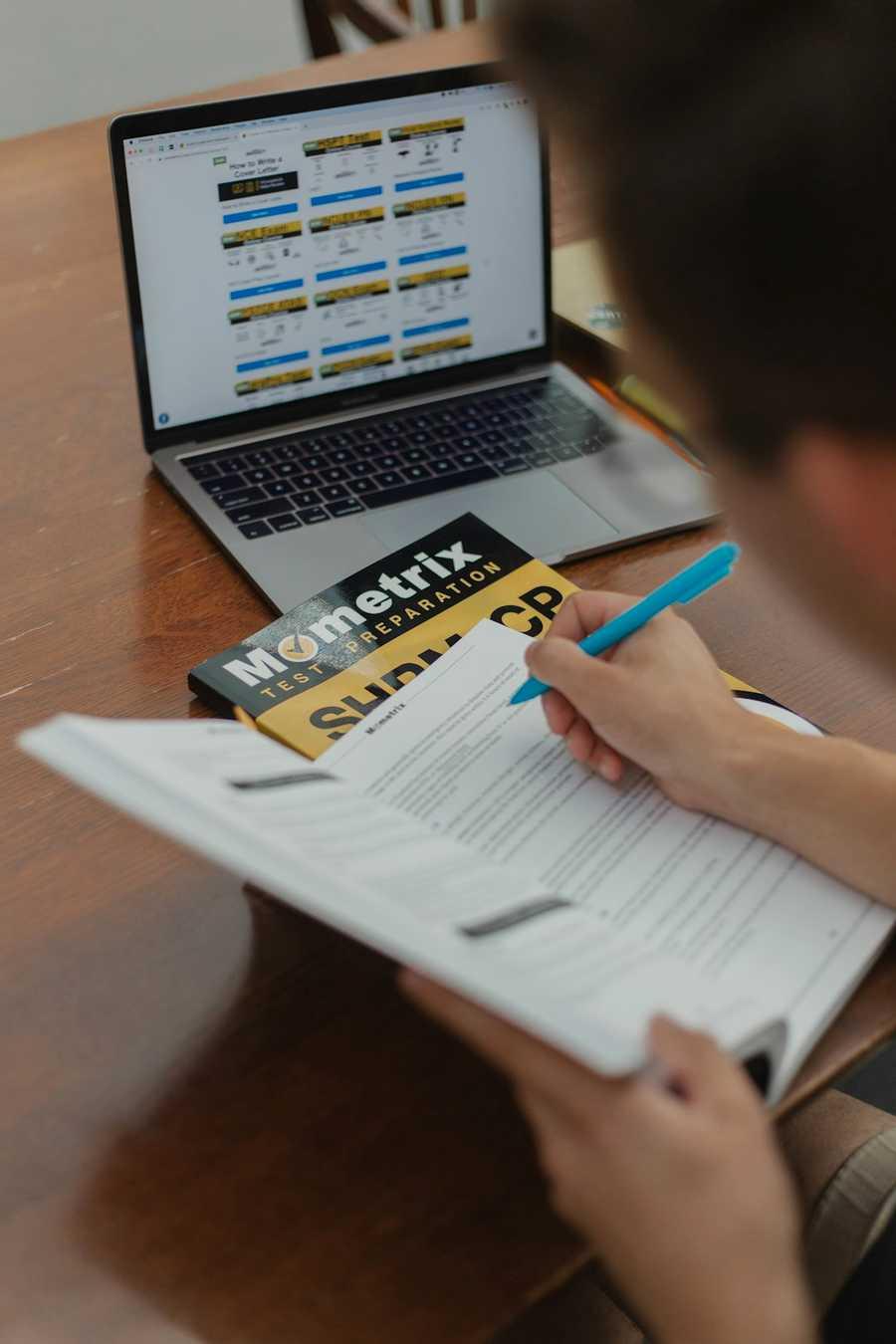Ace any language exam!!
Curated from: medium.com
Ideas, facts & insights covering these topics:
5 ideas
·803 reads
9
Explore the World's Best Ideas
Join today and uncover 100+ curated journeys from 50+ topics. Unlock access to our mobile app with extensive features.
Ace Any Language Exam
Introducing the 3 P’s strategy: Pedal, Preview, and Present.
Your search for finding a means to end your exam blues has brought you to this article, or maybe you are a curious internet bypassed who found this worth your click. Either way, allow me to introduce the trick to master any language exam, But first; let’s talk about why you want to clear the exam.
18
221 reads
All languages have a similar testing structure like the CEFR i.e. Common European Framework of Reference for Languages such as level A1 where the candidate is tested for simple structures like alphabets, counting, beginner’s grammar, and small conversation. Then the A2 level where the candidate displays the use of common expressions. The next level B1 and B2 are intermediate where the candidate can understand complex and abstract thoughts and has to describe everyday experiences with fluency. The last level C1 and C2 are where a candidate can understand with ease virtually everything.
17
178 reads
Pedal
To get the desired result, the first step is Pedal. Pedal means active learning, or to put in plain terms learning by doing. In this phase, equal time is to be allotted to the four skills (reading, listening, writing, and speaking) and all the basics lessons are to be executed and incorporated into the daily tasks, for example, grammar and sentences learned do not make a conversation. You need to have a person as a shadow to practice those sentences and channel them into a productive conversation. In this phase, you learn, but understand the pattern of exams and prepare accordingly.
19
165 reads
Preview
In this stage, the candidate must understand the difference between broad and specific learning. In the previous phase, the learning was very broad spectrum as you learnt everything taught by your mentor, but in this phase, the learning has to be centric to exam preparation. Besides practicing specific learning, the candidate must understand the concept of the language. The candidate must make flashcards for exam topics to have a better grasp of the topics. To explain, the simple conversations that were done in the previous phase have alternative arguments and discussions that can be assessed.
18
124 reads
Present
The last step is to Present. In this step, language learning is halted, and the energy is diverted to presenting oneself before the problem. An example to put it into perspective is the Speaking test. When you are asked a question in the speaking test, answer it based on your previous learning and present it optimally to achieve the parameters set in the question. This step is the most important as many candidates, despite excellent lessons cannot give preponderance to it and do not get the desired results. Never let the ‘What If’ get in the way of what you do. Best of Luck!!
17
115 reads
IDEAS CURATED BY
Never Let The “What If" get in the way of what you do! Join me by following along.
Dr. Anshul Mishra's ideas are part of this journey:
Learn more about personaldevelopment with this collection
How to communicate effectively with difficult people
How to handle conflict
How to stay calm under pressure
Related collections
Similar ideas
5 ideas
Five Scientific Steps to Ace Your Next Exam - Scott H Young
scotthyoung.com
16 ideas
Study tips on how YOU are going to ACE your next test!
scotthyoung.com
5 ideas
Five Scientific Steps to Ace Your Next Exam....
scotthyoung.com
Read & Learn
20x Faster
without
deepstash
with
deepstash
with
deepstash
Personalized microlearning
—
100+ Learning Journeys
—
Access to 200,000+ ideas
—
Access to the mobile app
—
Unlimited idea saving
—
—
Unlimited history
—
—
Unlimited listening to ideas
—
—
Downloading & offline access
—
—
Supercharge your mind with one idea per day
Enter your email and spend 1 minute every day to learn something new.
I agree to receive email updates





